The FDA and the Next Wave of Drug Abuse – Proactive Pharmacovigilance
In response to the opioid crisis, the Food and Drug Administration (FDA) has taken action on multiple fronts. We have approved better measures for treating opioid use disorder and preventing deaths from overdose, have launched efforts to inform more appropriate prescribing as a way to limit clinical exposure to opioids, have taken actions to reduce the excess opioids available for abuse, and are working to facilitate development of new therapeutics that can effectively and safely help patients suffering from pain. Going forward, the FDA needs to remain vigilant to recognize shifting trends in the addiction landscape. Taking a systematic approach to monitoring such trends should allow us to intervene promptly and appropriately and protect the public from associated risks.
Meanwhile, we must be aware that any decisive actions taken to reduce prescription opioid abuse and stem the tide of overdose and death can have unintended consequences, including prompting people to turn to alternative, potentially dangerous substances. In addition, as clinicians seek to help patients with pain, new prescribing patterns will emerge. Deciding on a course of action that will sustain appropriate use of prescription drugs while curtailing drug abuse is essential. Our assessment of changing patterns in drug use and abuse must be informed by an understanding of the complex social environment in which changing patterns of drug consumption occur. The FDA is committed to using a multicomponent system of pharmacovigilance so that we can intervene proactively and effectively, in anticipation of changes in drug abuse. Three recent examples illustrate the necessary elements of this system, which draws on clinical, epidemiologic, basic science, and social science expertise.
To begin with, an effective system of pharmacovigilance for drugs such as opioids must include the capacity to determine the reasons behind changing patterns of prescription-drug use and to elucidate the dynamics of misuse, abuse, and appropriate changes in prescribing. For example, the gabapentinoids (gabapentin and pregabalin) are approved for the treatment of seizures and certain forms of neuropathic pain. But U.S. rates of gabapentinoid use tripled between 2002 and 2015,1 and pregabalin ranked as one of the 10 best-selling drugs in 2017.2Increased prescription rates have raised concerns about possible abuse of gabapentinoids,3although their appropriate use for pain, alone or in combination with opioids and other medicines, complicates the matter.
To understand why usage patterns are shifting, the FDA used a social media “listening platform” to set up a dashboard to track traditional social media sites (such as Twitter, Facebook, Instagram, blogs, and forums) that we monitor for conversations about opioids. When we find mention of additional substances on social media or elsewhere, we conduct more specific searches for relevant, publicly available conversations through our listening platform, as well as through Reddit, Google, and various online forums that don’t require registration or subscription. These may include forums associated with drug misuse or abuse, such as Bluelight.org and talk.drugabuse.com. A preliminary appraisal of social media topics revealed a shift between 2013 and 2017 from a discussion of legitimate gabapentinoid use for pain and seizures to a focus on misuse and abuse of these drugs.
We are also exploring health care databases to assess the consequences of using gabapentinoids in combination with opioids. For example, the FDA Adverse Event Reporting System allows us to explore reports of respiratory depression (sometimes fatal) that may occur in association with use of these products in combination with other central nervous system depressants, including opioids. Additional epidemiologic data will help us understand the potential risks associated with the use of gabapentinoids concomitantly with opioids, benzodiazepines, and other drug products. Our preliminary epidemiologic assessments suggest that the number of patients to whom gabapentinoids are dispensed concurrently with opioid analgesics or benzodiazepines has increased in recent years, with more than half of patients, according to some analyses, concurrently receiving an opioid analgesic. Our continued investigations may underpin future regulatory action to address any harmful trends, and our experience with the opioid crisis has instructed us to act with speed and vigilance when potential new addiction trends emerge. For complete article go to N.E.J.M https://www.nejm.org/doi/full/10.1056/NEJMp1806486?query=psychiatry

